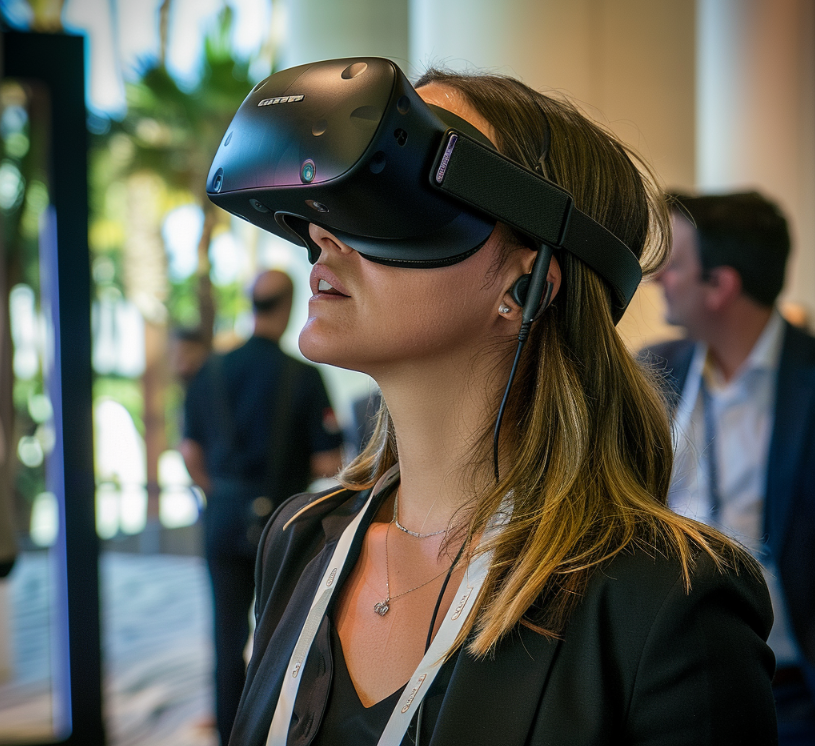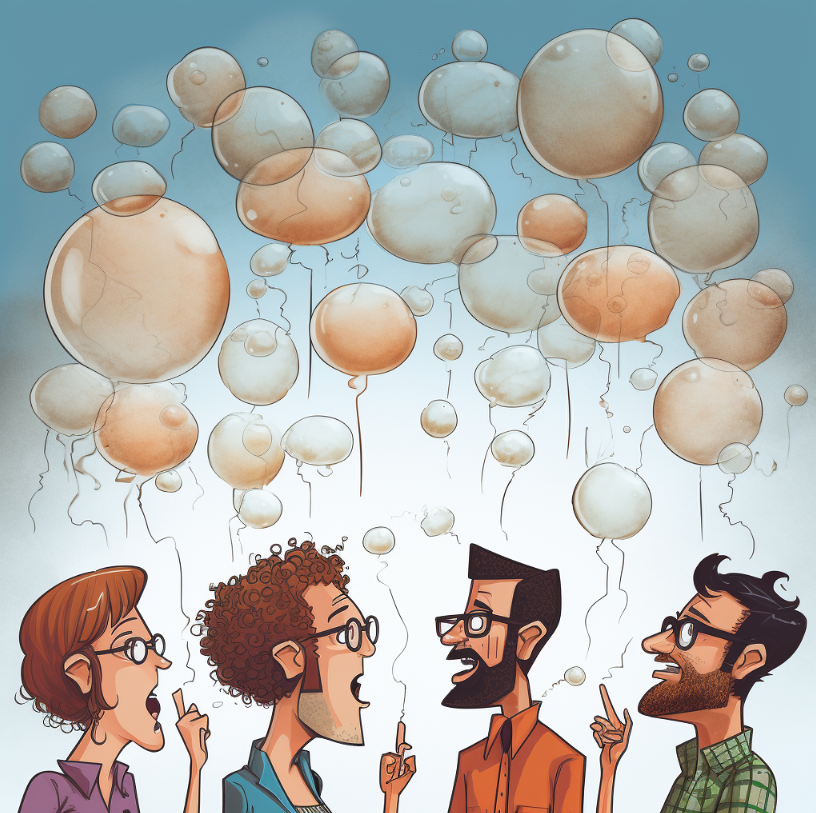Ken Holsinger recently gave Joanne Persico’s Bold Minds group a summary of his latest report on events. There’s way too much information there for me to summarize in my short podcast, but I’d like to mention a few things that stood out to me. I’ll provide a link below where you can get the report for yourself.
Many event professionals are complaining that people are signing up much later than they used to. Ken says he’s not seeing that in the events he tracks, with some limited exceptions. However, he did mention that “there’s no teeth in late” these days because it’s so easy to change flights and hotel reservations – even at the last minute – and that the hotel and the flight is usually the larger expense. That’s an interesting observation.
That makes me think that to get attendees to sign up sooner, maybe you need to look for carrots instead of sticks.
There is also a massive demographic change going on right now because of the sizes of the key generations. Basically there are a lot of baby boomers, not very many Gen Xers, and a lot of Millennials. This means that we’re seeing younger people in more senior roles.
Make of that what you will. I’m not a big fan of assuming that everyone in a particular generation acts a certain way or wants the same sorts of things.
In terms of what people do want, they want to be informed and inspired. Those two are heads and shoulders above engaged, connected, or – the worst of them – “excited.” That thrills me no end. I can’t stand it when some uber extrovert is trying to get everybody excited. That kind of thing makes me want to leave, and it certainly doesn’t make me want to participate.
When it comes to learning at an event, the first thing people want – by a wide margin – is demos. Preferably hands on. They want things they can’t do virtually. Ken says there’s a saying “if you can do it on zoom, don’t do it in the room.”
Tied for second place in the learning category is “unstructured interactions with experts” and, believe it or not, print materials. It’s a persistent myth that young people are against print. It’s simply not true.
Ken had some interesting insights on what not to promote. First, he said attendees don’t care if something is hybrid. That’s inside baseball among event planners.
More importantly, he said what draws people to an event is different than what enhances the experience at the event. A yoga class or a 5K enhances the event, but nobody comes to your event because it has a yoga class. Think about it. That would be pretty stupid.
Also, don’t assume that what people attend at the event is what leads them to come to the event. The stand-out example is celebrity speeches. Nobody’s going to miss the speech by the celebrity. “Yeah, Bill Clinton was speaking in the main room but I went and took a nap.” That’s not going to happen. But nobody cares about it either. Nobody comes to your industry event to hear Bill Clinton.
They come – somewhat surprisingly – for the exhibits, then for networking, and – this one is important – to connect with peers over shared challenges on specific topics.
Ken recommends that you consider things like similar challenge meet-ups, topic specific meet-ups, or common interest meet-ups.
Finally, Ken asks who on your events team is in charge of networking? Who’s studying the science of networking? Who has that as their key objective – to enhance the networking experience?
If you’re in the events space, I recommend that you get this report. You can find it on freeman.com, and I’ll provide a link below.
Links




